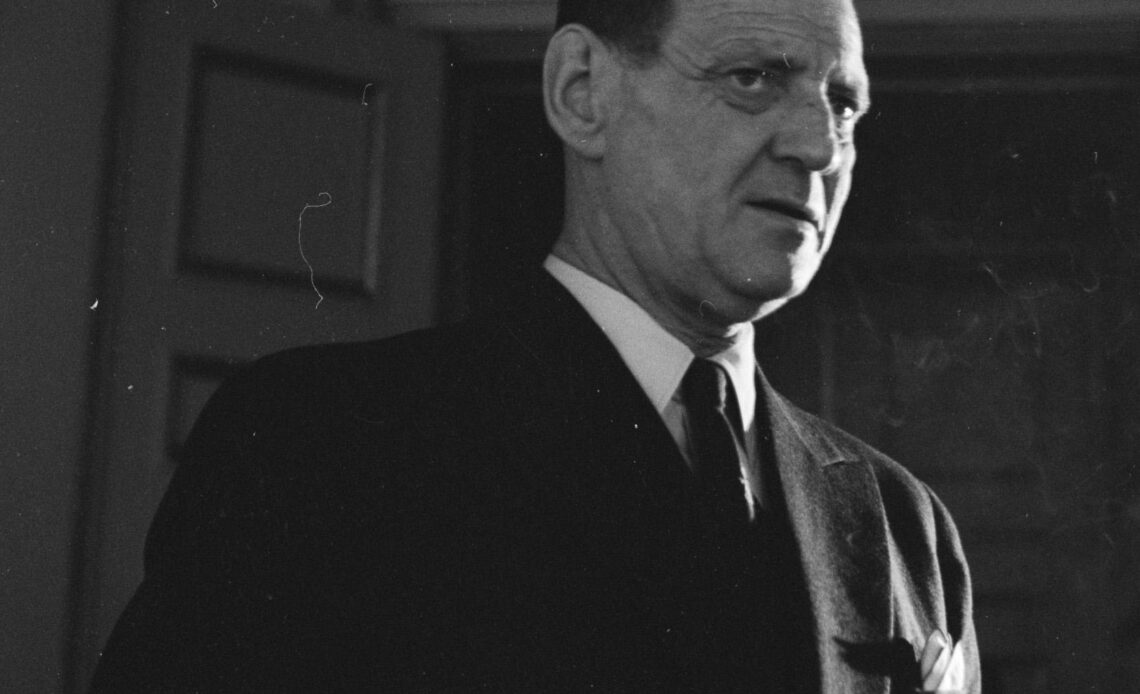
With the accession of King Frederik X on January 14 2024, we take a look at the King Fredericks of Denmark.
Frederick I (1523-1533)
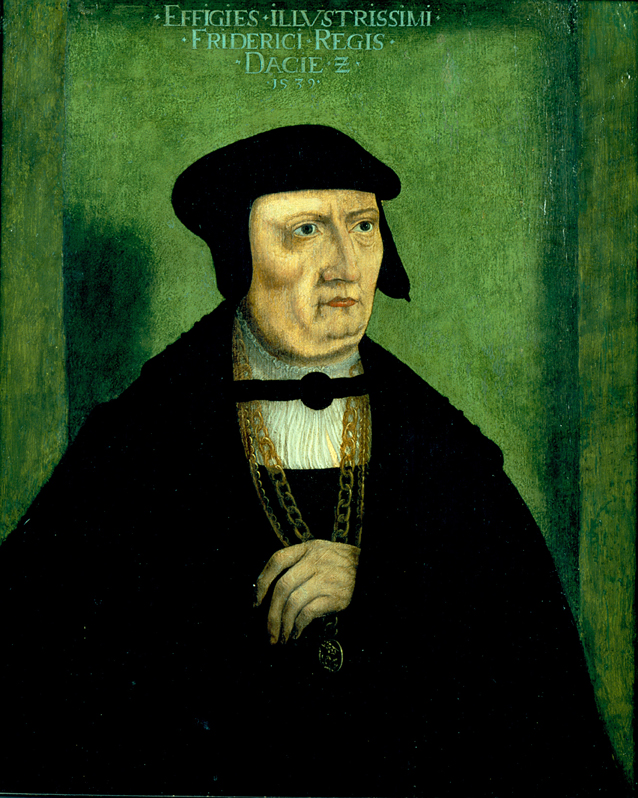
The first Frederick reigned for two days short of a decade, but packed a lot into those nine years and 363 days.
He was a Catholic king—the last, in fact, before Lutheranism became the popular religion in Denmark—but he helped spread Lutheran teachings throughout his kingdom. He helped close Franciscan monasteries and prevent war between the Catholics and Protestants, though after his death, the fight would reach a fever pitch.
Frederick I was succeeded upon his death by Christian III—after a year-long interregnum.
Frederick II (1559-1588)
King Frederick II’s reign was largely concerned with foreign politics and showing his own strength. He wanted to be known as the mightiest king in Scandinavia, and continually fought his Swedish counterpart, Eric XIV for this title.
Though his earlier reign was marked by sourcing power and fighting for his kingdom, in the later part of his reign, he was more of a peaceful ruler who contented himself with moving the court throughout the countryside and indulging in the hunt. This allowed him to meet with his Council more frequently and to build stronger relationships with individual members.
He was succeeded by his popular and beloved son, Christian IV, who would become the longest-reigning Scandinavian monarch to date, with a reign of 59 years.
Frederick III (1648-1670)
One of King Frederick III’s greatest legacies was establishing absolute monarchy that would last until 1848. At the time of his own accession in 1648, Denmark-Norway was an elective monarchy, and the death of his father did not necessarily mean that he would succeed.
As a king, Frederick III’s reign was marked by wars, but he was popular within his kingdom when he vowed to “die in my nest” rather than flee during the Siege of Copenhagen. A revolution in 1660 led to him being able to make Denmark-Norway a hereditary, absolute monarchy.
He was succeeded by his son, Christian V.
Frederick IV (1699-1730)
King Frederick IV’s early life was marked by educational pursuits throughout Europe—leading him to return to Denmark inspired by Italian architecture, where he built a pre-cursor to Frederiksberg Palace and the Fredensborg Palace.
His reign largely focused on domestic matters. He wanted to end serfdom in parts of the Denmark-Norway kingdom, but his efforts largely failed. He helped establish trade and culture within his kingdom, leading to the formation of the Lille Grønnegade Theatre and the College of Missions. He was considered a learned man and certainly the most intelligent of Denmark’s absolute monarchs.
His death in 1730 led to the succession of his son, King Christian VI, who would in time become known as a skilled political king.
Frederick V (1746-1766)
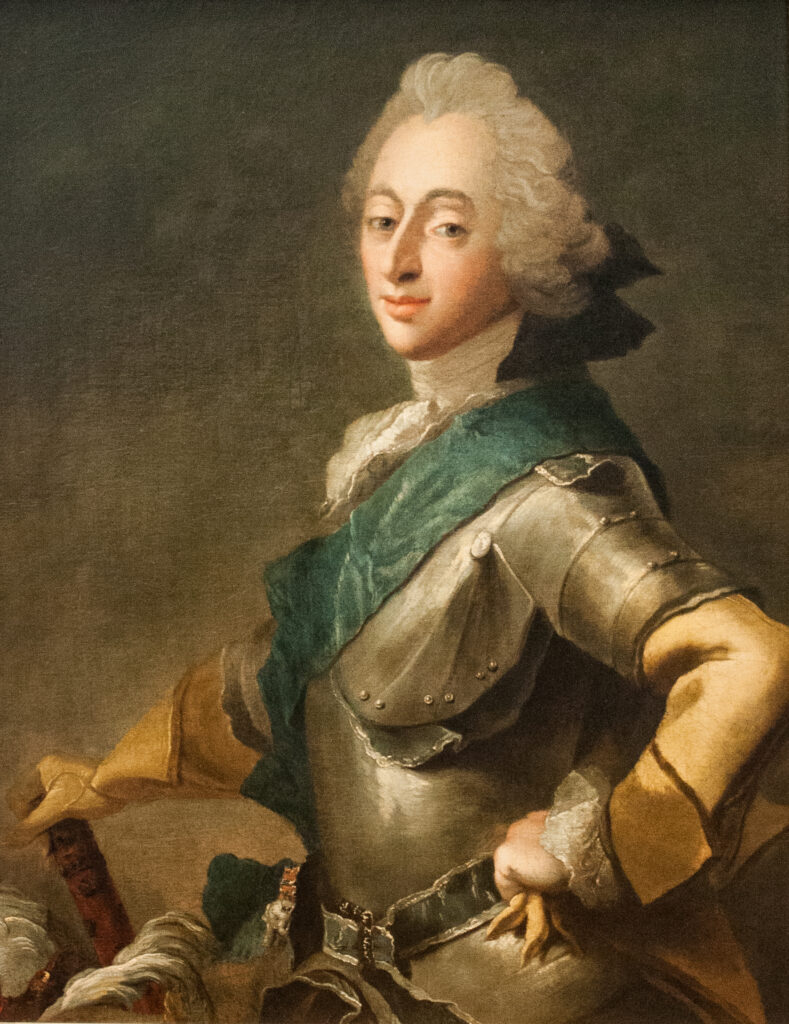
King Frederick V’s early years were marked by hedonism: he indulged freely in alcohol and lived much more openly than his very pious parents. When he ascended the throne at the age of 23, his court became much more modern and open, and Danish life flourished as a result. He was much more social than his parents, who preferred a secluded life for both themselves and their son, and delighted in meeting regular people.
Though King Frederick V didn’t have much of an influence over what happened in his reign—policies were largely left up to the willing ministers with their own agendas—Denmark-Norway flourished at this time in areas related to trade and commerce, and the arts.
His life was marked by alcoholism and he ultimately succumbed of edema at the age of 42, largely mourned by his people who admired their social king after the seclusion of King Christian VI’s reign before him. He was succeeded by his son, King Christian VII.
Frederick VI (1808-1839)
King Frederick VI’s reign was long, marked by a period of regency in his teenage years for his ailing father, and he was also the last king of Denmark-Norway before Denmark lost Norway in the Napoleonic Wars.
His tenure as Crown Prince Regent saw the abolishment of slavery in Denmark and Norway, the abolition of serfdom, and the abolition of hanging as a method of capital execution. As king, his reign was marked by various wars, and the loss of Norway marked a shift in this once liberal prince to a more authoritarian king.
King Frederick VI had two daughters but no sons, and because of the succession laws barring women from inheriting the throne, his half-first cousin succeeded him as Christian VIII.
Frederick VII (1848-1863)
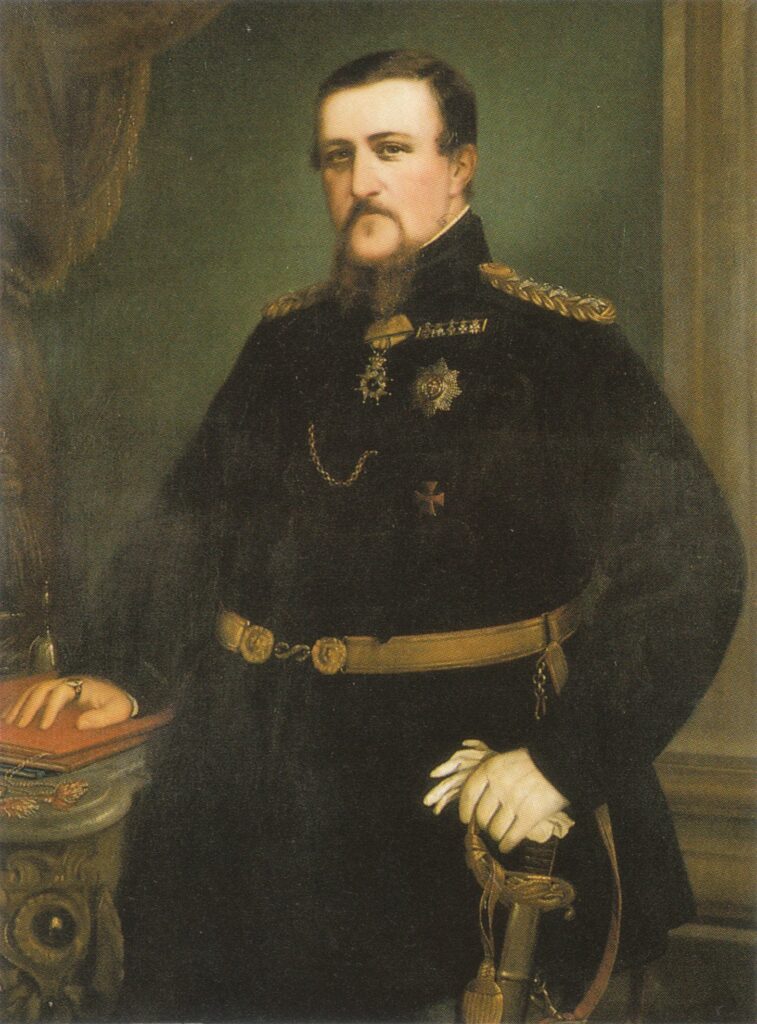
In many ways, the reign of King Frederick VII marked the end: he was the last Danish king to reign through absolute rule and he was the last Danish king of his dynastic line.
Upon his succession, King Frederick VII signed a Danish constitution, thereby making the monarchy a constitutional one. He still found time to be actively involved in government, however, to the chagrin of politicians.
His lack of legitimate heirs sparked a succession crisis that saw a second cousin from a junior branch of the family line take the throne. The last 10 years of his reign was marked by talks to ensure a smooth succession and establish a new family line, one that would find Prince Christian of Glücksburg succeed as the first king from the Glücksburg line, as Christian IX.
Frederick VIII (1906-1912)
King Frederick VIII had a short reign of six years, but led an impactful life as Denmark’s Crown Prince. He served in that role for over 42 years, and ascended the throne at age 62.
He was a markedly different king than his father, Christian IX, much more liberal and open; but in the years he spent as Crown Prince, his father worked to exclude him from power and position. When he finally succeeded in 1906, King Frederick VIII’s reign was plagued by ill-health, but his legacy is still felt today: in addition to Denmark, the ruling houses of Norway, Luxembourg and Belgium are descended from him.
Frederick IX (1947-1972)
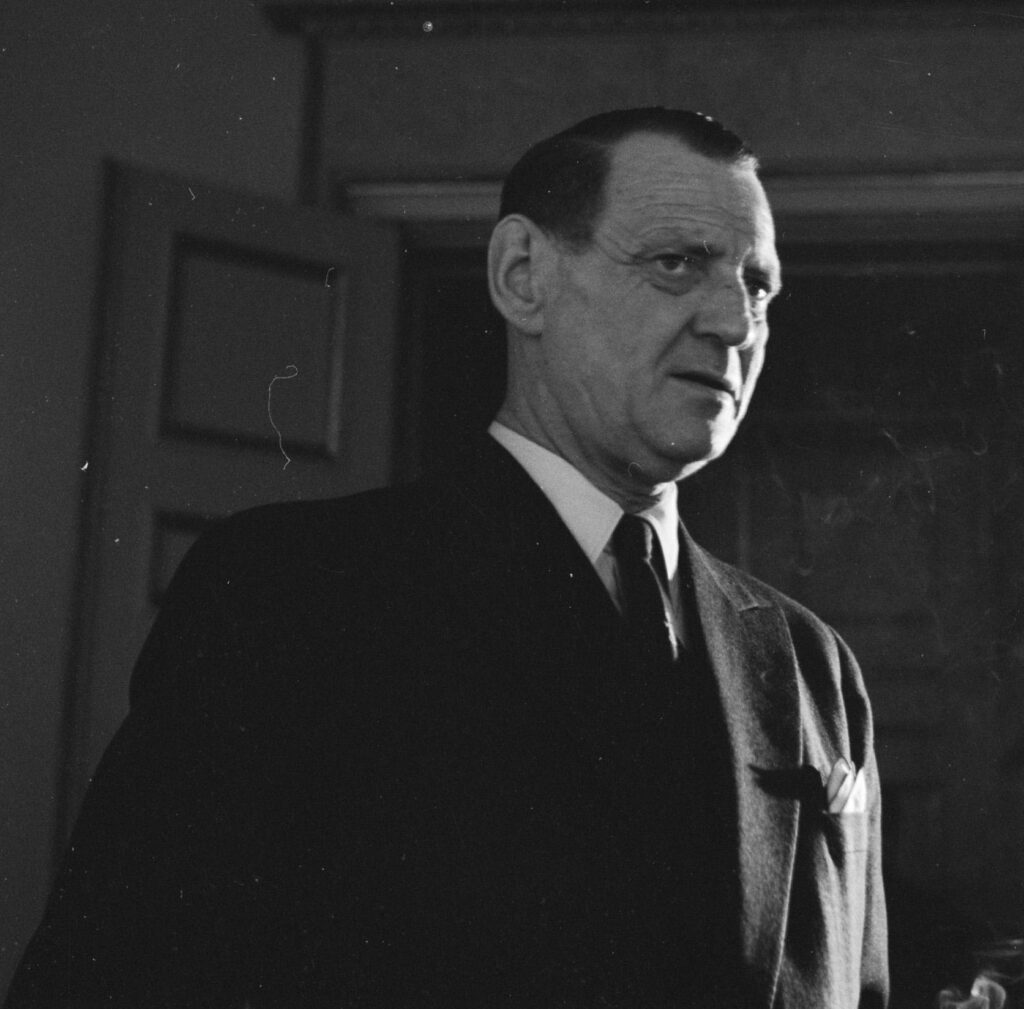
The 24 years that Frederick IX reigned saw a great period of societal change within Denmark, and indeed, the Danish realms. Succeeding his iconic father—a symbol of wartime resistance—couldn’t have been easy, but King Frederick IX handled it with aplomb.
Within the first year of his reign, which began on 20 April 1947, the Faroe Islands became a self-governing territory. Frederick IX’s reign also saw a postwar boon in the economy and social lives of Danish citizens. Women entered the workforce in large numbers and Denmark became a more modern country.
The biggest event to happen in Frederick IX’s reign is likely the Act of Succession 1953, which saw, for the first time, women allowed to inherit the throne.
Denmark had practiced agnatic primogeniture for decades, barring women from the throne at all. In fact, none of King Frederick and Queen Ingrid’s children were born with succession rights. But when it was clear that Princess Margarethe, Princess Benedikte and Princess Anne-Marie would not gain a younger brother, high-level conversations started to ensure that the throne would pass to Margrethe over Frederick’s younger brother, Prince Knud.
In 1953, the Act of Succession was passed allowing for male-preference primogeniture. It meant that Princess Margrethe became heiress presumptive and would inherit the throne someday. In 2009, Denmark once again changed their succession laws to allow for absolute primogeniture—regardless of gender, the birth order of the children would dictate their place in the line of succession.
King Frederick IX reigned happily for 24 years, but sadly succumbed to a flu-like illness 15 days after delivering his final New Year’s Eve speech. He was buried at Roskilde Cathedral on 24 January, succeeded by the woman who has defined Danish life for the past 52 years: Queen Margrethe II.

